The 69th Congress of the International Astronautical Federation took place in the halls of the Bremen exhibition center from 1 to 5 October.
Great success both for the public and for the speakers, despite the enrollment fees definitely out of budget for many: more than 6300 registered participants, of which almost 50% very young, more than 2000 papers presented in the various symposia. The title of the Congress was very interesting: “Involving everyone”. This gave the impression that there was plenty of space at the Congress for the themes of civil development in space. The attention to the impetuous development of the NewSpace sector is now felt everywhere, and the most important global space congress could not avoid being impacted. After all, it is thanks to the growth of the NewSpace sector if the IAF Congress has recorded this remarkable success. But which were the predominant themes of the Congress? Has the promise announced in the title been kept? In part, yes, but a lot of work remains to be done.
One aim was to “include everyone”, for example, in the exploration of the Moon. And we have seen some concrete cases of inclusion. The company Part Time Scientists, earlier in the context of the Lunar X-Prize, and then with the development of subsequent innovative projects, has put in place a lunar exploration project, in which some industries not belonging to the aerospace sector are involved as technological partners, as well as sponsors, such as Audi, Nokia, Vodafone. Of course, so far we are talking about exploration, mainly robotics, and not about industrial settlements on the Moon. The Moon Village Association thinks about that and presented their initiatives in a context that is becoming more and more receptive and interesting for many.
The involvement of non-space companies in space projects is of great interest, and may perhaps be counted among the first steps of civil expansion in the geo-lunar space, provided that other projects will follow, increasingly focused on the industrialization and exploitation of lunar resources. And above all, on the development and validation of technologies enabling the transport of civilian passengers in space, in a safe, secure and low-cost way.
The transfer of innovative technologies from the non-space world will be increasingly relevant to the success of space industrial development. Also, this will bring to an inevitable virtuous circle of significant investments and sustainable economic development, which could finally represent the foundation of the space renaissance, just as the initiatives of a few patrons gave rise to the beginning of the Renaissance, in Italy some centuries ago…
A clear example of this process is represented by the decent presence, at the Congress, of the topic of space debris. The danger of debris is getting, at least, a widespread awareness. But now, that’s incredible, the talk is of space debris as an economic opportunity, with Italian companies like D-ORBIT, at the forefront!
The issue, more in general, of security in space, was discussed in several symposia and plenary events, without neglecting other themes, confirmed as crucial for safety, the defense from asteroid impacts and the theme of space weather. Present, albeit still too limited, the theme of protection from cosmic radiation, on which substantial investments would be desirable, and on which Italy is once again at the forefront, as demonstrated at the recent congress of Space Renaissance Italy in Bologna, by Luigina Ferretti, which presented a study coordinated by Prof. Roberto Battiston, current president of ASI. Still absent, at least for what I could see, also on the program symposia, the theme of artificial gravity, a fundamental passage for a long stay of human beings in space. These latter themes should already be since a long time in the priorities of astronautical congresses. But such a delay is due to the still very little general attention for the theme of transportation and housing of civilian passengers in space. The fact that this or that symposium dealt with the subject of radiation, and the associated risks for human missions in space, does not shift our assessment: the issues concerning the protection of life and health in space are still largely underestimated.
This is due to a scientific and technological research in its infancy on these issues. Little or no investments have been made in these areas, both by the public and private research. So far, in fact, an approach has been followed that is mainly based on the paradigm of space exploration, rather than to the new paradigm of the long permanence, settlement in space. Musk and Bezos are a bit of that confirms the rule!
There are start-up companies, recently born to provide astronautical training: their forecasts from now to 20 years keep on targeting a tourist-astronautical service, addressed to the Moon and Mars. Instead, there is a lack of attention to possible lunar, orbital or lagrangian settlements. If the microgravity is ruling, no one seems to have been able to draw inspiration, until now, by Stanley Kubrick’s swirling hotel in space, on the fascinating harmonies of the Strauss’ waltz.
In the context of involving everyone, the Congress reserved space for the activities of the United Nations Office for Outer Space Affairs office (UNOOSA), which aims to involve all the Countries of the world in the future space missions. In addition to fitting the UN’s objectives of sustainable development with a 2030 horizon, these activities aim to develop a space capacity, and soon the first planetary space mission will be organized with the Sierra Nevada, using the Dream Chaser! A unique opportunity, even for Countries that do not have advanced space programs!
Much emphasis has been placed on satellite development, which is expected to boast, especially with the development of small and micro-satellites, facilitated by more and cheaper launch systems, thanks to the reusable launchers and the low-cost competition, provided by Indian and Chinese launch services. The innovation of propulsion systems has been widely dealt with in several symposia. The future of the launchers, in general, however, is seen more in terms of the costs of existing activities, rather than a possibility to transport civilian passengers in space, opening new growth and development scenarios. If some symposia mentioned the topic of ISRU (In Situ Resources Utilization), key discussions on Asteroid Mining and Lunar Mining, are postponed to the conference in Luxembourg, to which the Space Renaissance International will participate in November of this year.
We are waiting to see the latest developments of the many start-ups which deal with this theme!
Suborbital tourism and space tourism has been discussed in some symposia and general presentations, even though it was not dedicated to them the space they deserve. Moreover, the presence of the main dealers of this sector was quite marginal. CEOs of leading NewSpace companies, such as Branson, Bezos, Bigelow, were absent. It weighs a ton the absence of Space X, particularly considering the Elon Musk’s exploits in 2016 in Guadalajara, Mexico and last year in Adelaide, Australia. Why did not the CEOs come? Perhaps space is not a priority for them? Do their companies make profits in other ways? Or, we ask ourselves, they don’t like to discuss with the international space community?
We at Space Renaissance are leaving for Houston, hoping that, at least, in that case, the NewSpace bigs will find time for exchanging their view and projects with the space community. Their presence will also be important in order to inspire new players to enter the industry, opening new roads and creating new opportunities for business.
At IAC2018, more than 150 exhibitors populated the Exhibition Center. The traditional aerospace industries, such as Airbus, ArianeGroup, Boeing, Lockheed Martin, OHB, and all the major space agencies were present at their best. Good presence of NewSpace companies and national commercial delegations, including the Italian one, which gave prominence to the Italian promising SMEs.
As a general consideration, the role of IAF, and its annual congress is confirmed as a faithful reflection of what is moving (and of what it does not move) in space, both at institutional and commercial level. But IAF also serves as an active part: during the opening Prof. Schrogel, president of IISL has signed, with the IAF president, JY Le Gall, and Dr. Peter Jankowitsch, president of IAA, an official agreement to work together on Space Traffic Management. And this is the basis, finally, to work in space, and manage the and legal complexity of space.
Last, but not least, we saw a large participation in the Women in Space initiative, and personally participated in a great and crowded meeting, followed by a party, of the International Space University, which celebrated the inauguration of the new president, Juan de Dalmau. To all these initiatives, in particular, devoted to space education, our most heartfelt wishes to grow big, and to be increasingly open to civil space development.
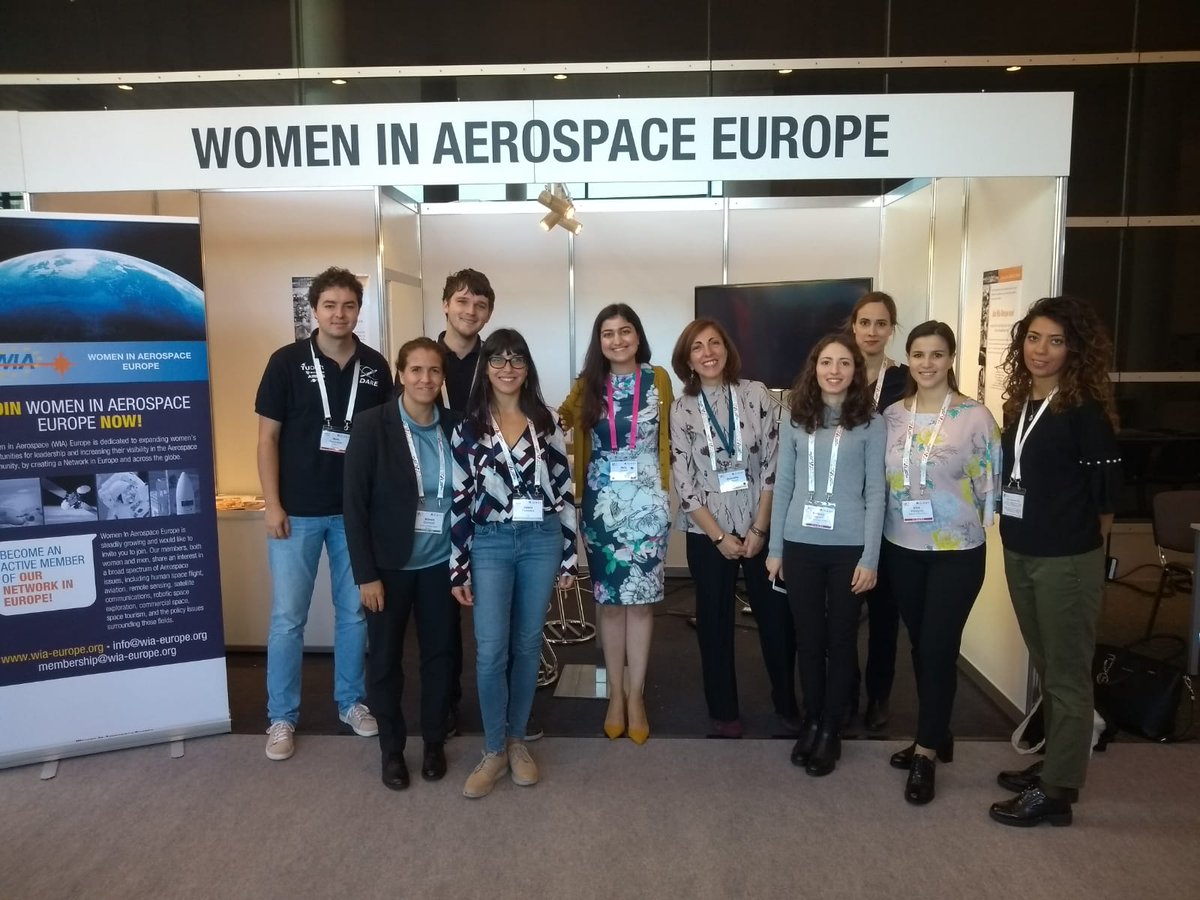
A journalist asked to me: “Don’t you think, at Space Renaissance, to be too much far ahead, focusing on concepts like civil expansion, and transportation of untrained passengers in space?” Actually, I replied, we do not really think we are ahead. If we were ahead, it would mean that we are somehow proceeding in the same direction. It seems to me that we are going in different directions. The prevailing direction aims to continue just space exploration, satellites, robotics, and the use of space for Earth observation. Even many startups in the NewSpace sector are oriented according to the mainstream. The direction that Space Renaissance indicates, on which our civilization is terribly late, is instead that of civil, progressive and global expansion into outer space, starting from low Earth orbit, continuing to the cislunar area, developing space infrastructure, and starting significant industrial initiatives in space.
The narrative from the participants of the IAF 2018 Congress, even though it now extensively describes the commercial initiative in space, marginally touches the theme of in-orbit operations, the key theme of what it still seems to be a taboo: the industrialization of space.
The institutional objective seems to be to involve private industries in space exploration, with the declared purpose of shifting the main part of the investment risk in the private industry. This is conceptually doubtful in at least two aspects. First, investors typically bet their money basing on return on investment forecasts, and the ROI of exploration initiatives remains most of all potential, a bit as if we wanted to define the ROI of pure scientific research. With regard to risk, however, traditionally the public sector has always covered possible risks of advanced initiatives. At least until the arrival of new patrons, Musk and Bezos, who have changed the paradigm, freeing up resources unimaginable a few years ago!
So if we really want to talk about involving privates, since this new availability is felt nowadays, by non-space industrial sectors that are finally beginning to aim high, we must speak clearly about investments, and about industrial development of space. In fact, the private industry will really begin to get involved when a perspective of industrialization will be proposed to them, and not only, or not so much, of exploration of space.
Conceiving large, ambitious projects on a global level and, above all, pushing the accelerator on the enabling technologies will be key. A challenging, and not that easy, step to be overcome; however at our fingertips, as long as we’ll be able to coordinate the efforts among the space tourism industry, the launch systems manufacturers, the scientific and technological research, the initiatives for the recovery and reuse of space debris, the lunar and asteroid mining. Priority should be given to enabling technologies: low-cost transport and housing systems for civilian passengers in space, high safety, and comfort, low acceleration, safe and comfortable return to the atmosphere, protection from cosmic radiation, habitats endowed with artificial gravity and green environments, suitable for sustaining long-term residence in space.
A perspective not so far, considering that Mr. Bridenstine (current head of NASA) said recently that the Lunar Gateway will also enable private, with non-astronaut training, to go to the Moon to develop industrial and business initiatives.
We at Space Renaissance are ready! Open to collaborations and enthusiast to be part of this community, looking to the future with the awareness that so many steps must be taken, but with the certainty that many men and women are already at work doing their little step, as Armstrong would say!
[English editing: Antonio Fowl Stark]
Space Renaissance International will be present at SPACECOM 2018, Houston, the November 27th and 28th
Are you a space company? Are you a high tech company aiming to space? Help us covering the expenses of our mission to Houston, by joining our sponsor program! Write us your manifestation of interest at info@spacerenaissance.org specifying “Houston 2018” in the subject.
Are you a space enthusiast? Are you willing to help Space Renaissance for this mission and to develop our next programs? Join us as a member https://spacerenaissance.space/membership/ or make a donation to SRI: https://spacerenaissance.space/build-sri-with-us/donate-to-space-renaissance-international/
Visit the Space Renaissance websites:
https://spacerenaissance.space
https://academy.spacerenaissance.space
https://usa.spacerenaissance.space
https://spacerenaissance.it
https://sritac.spacerenaissance.space
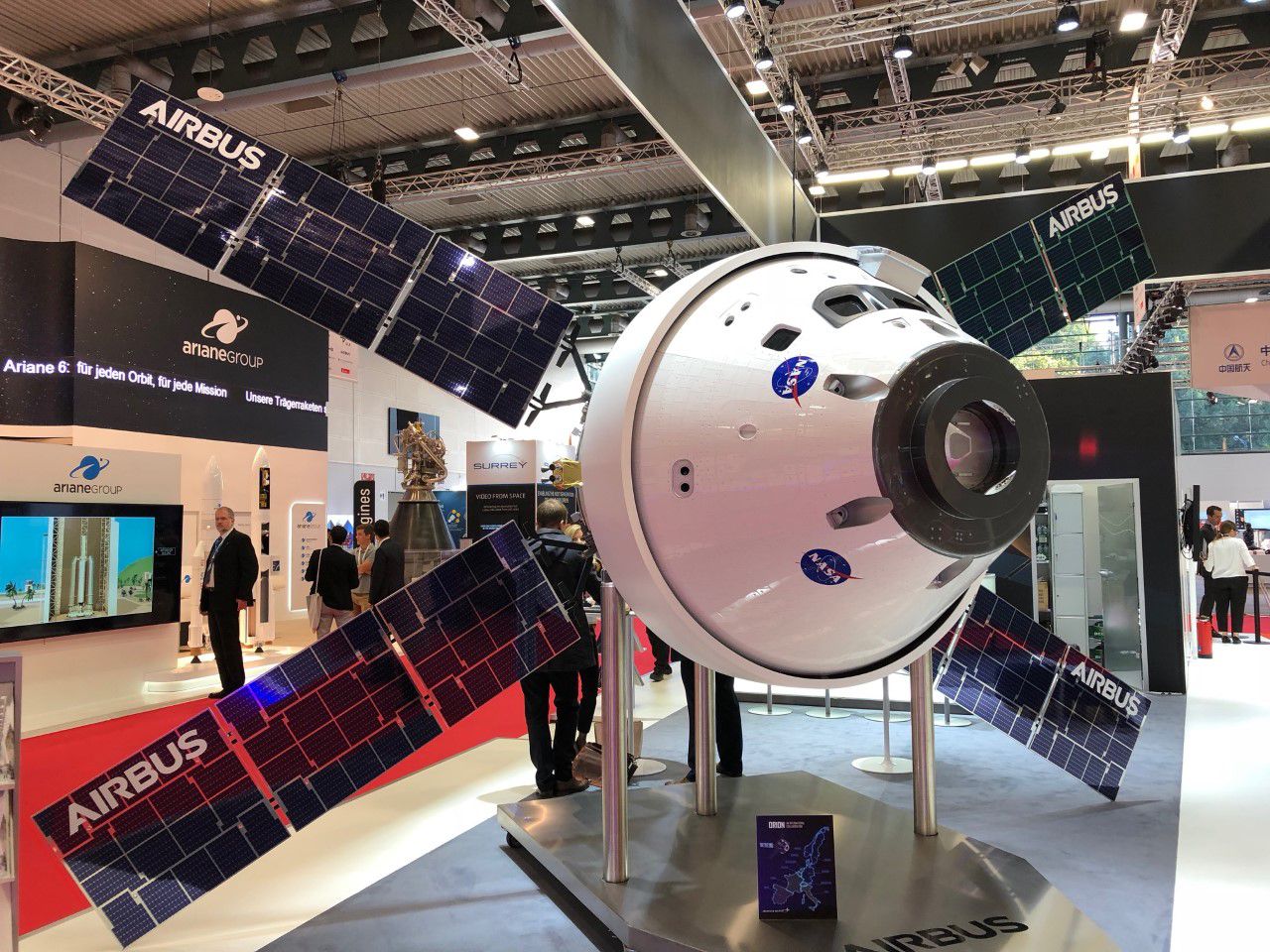
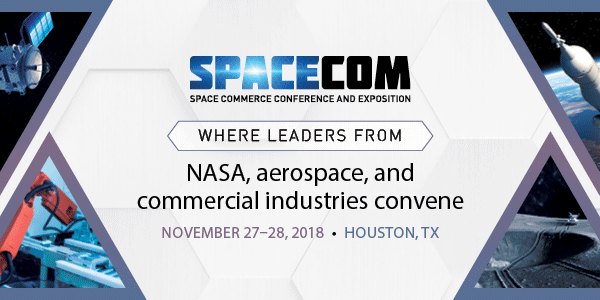
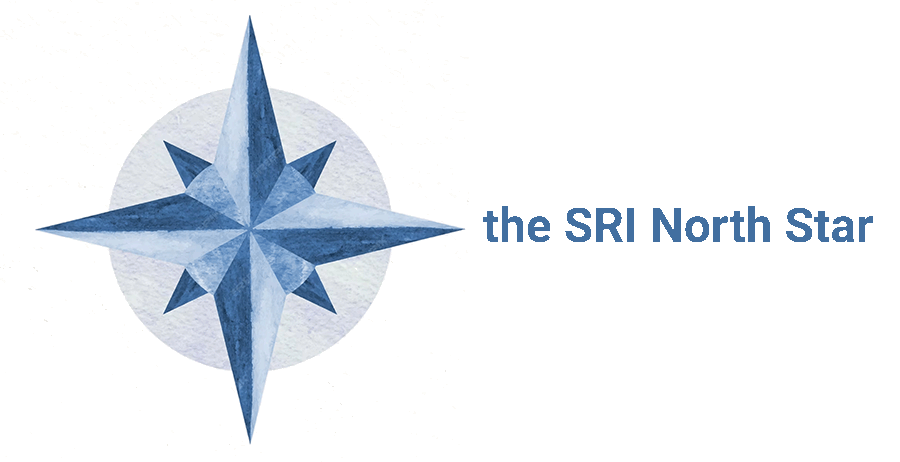


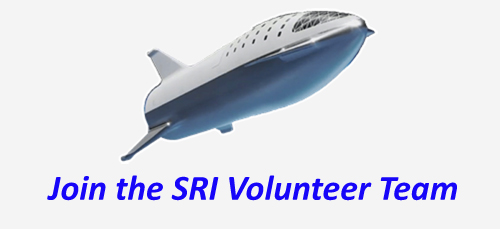

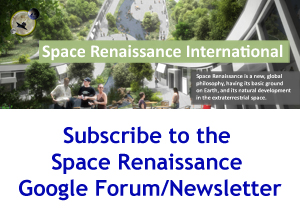
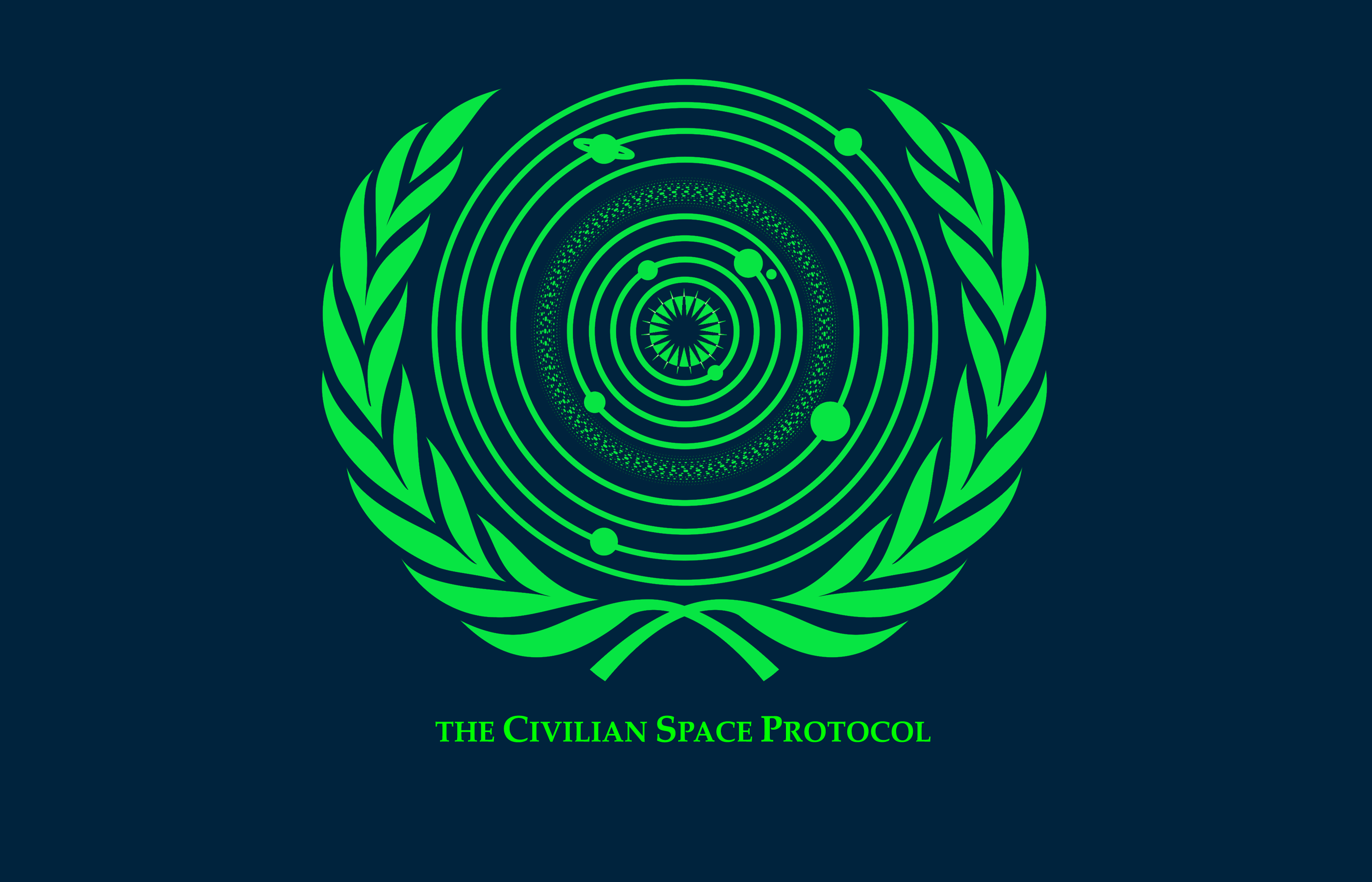
 Space Renaissance France Chapter
Space Renaissance France Chapter  Space Renaissance USA, Inc.
Space Renaissance USA, Inc.  Space Renaissance Italia Chapter
Space Renaissance Italia Chapter Space Renaissance Academy
Space Renaissance Academy Space Renaissance Initiative Group
Space Renaissance Initiative Group